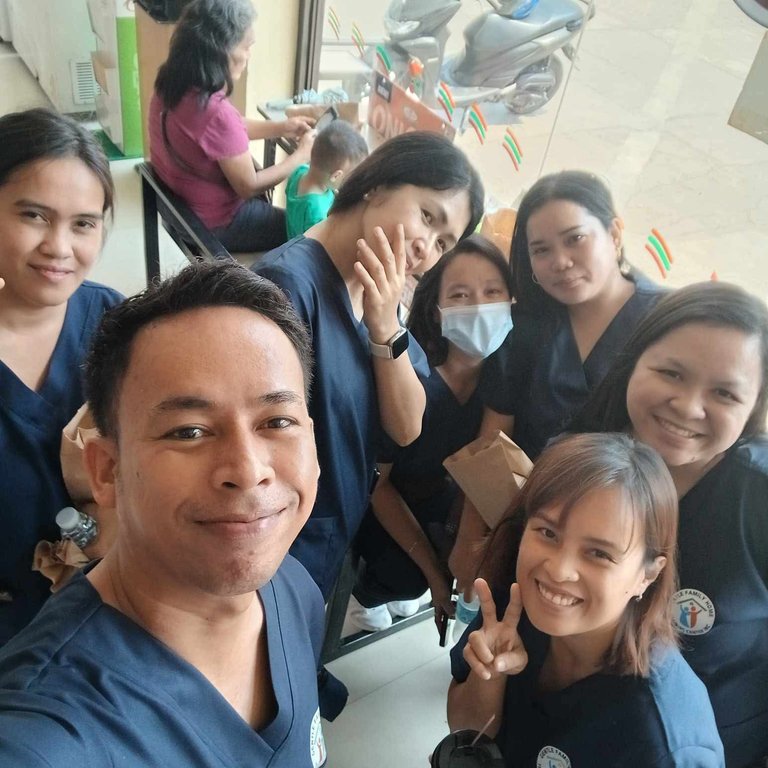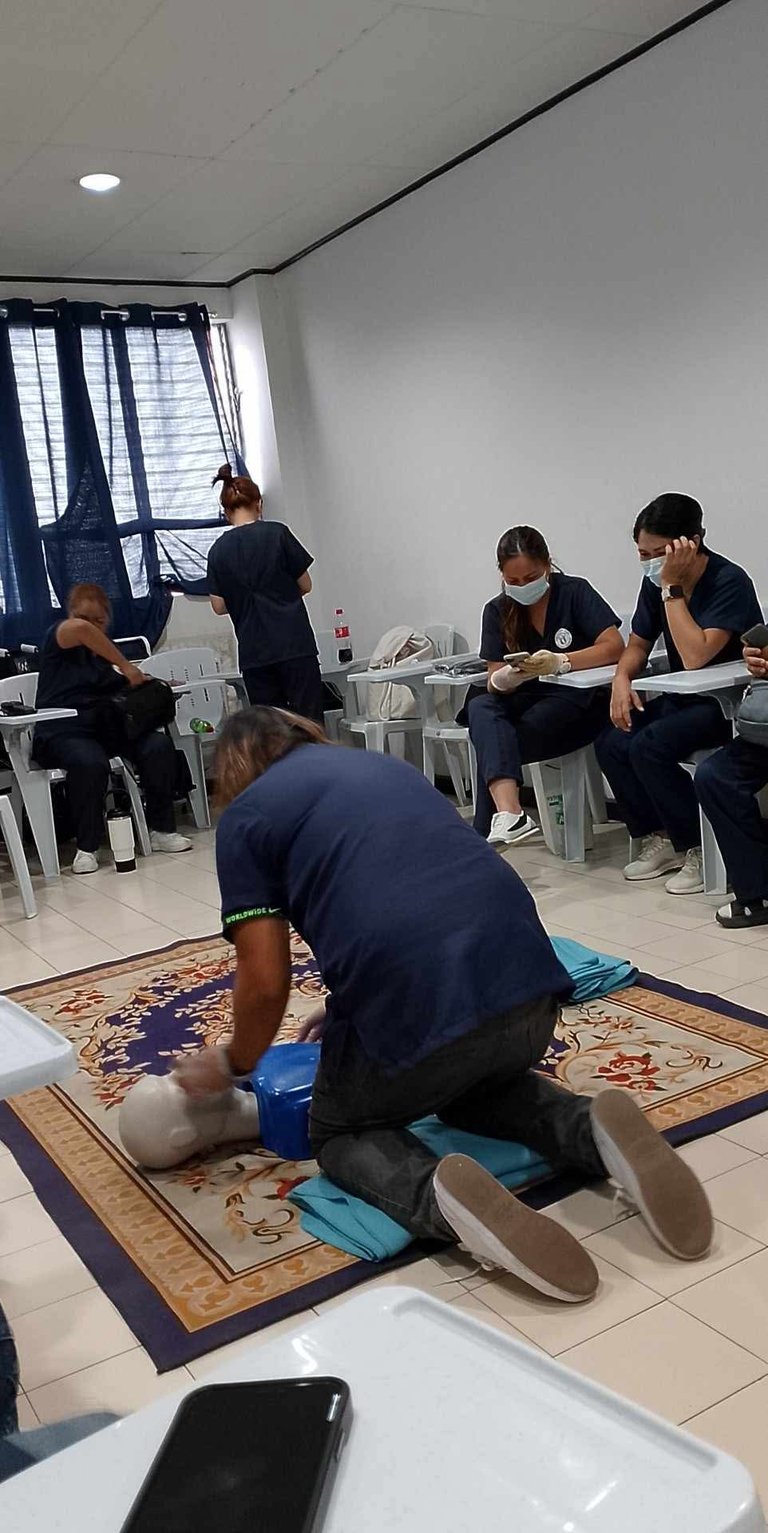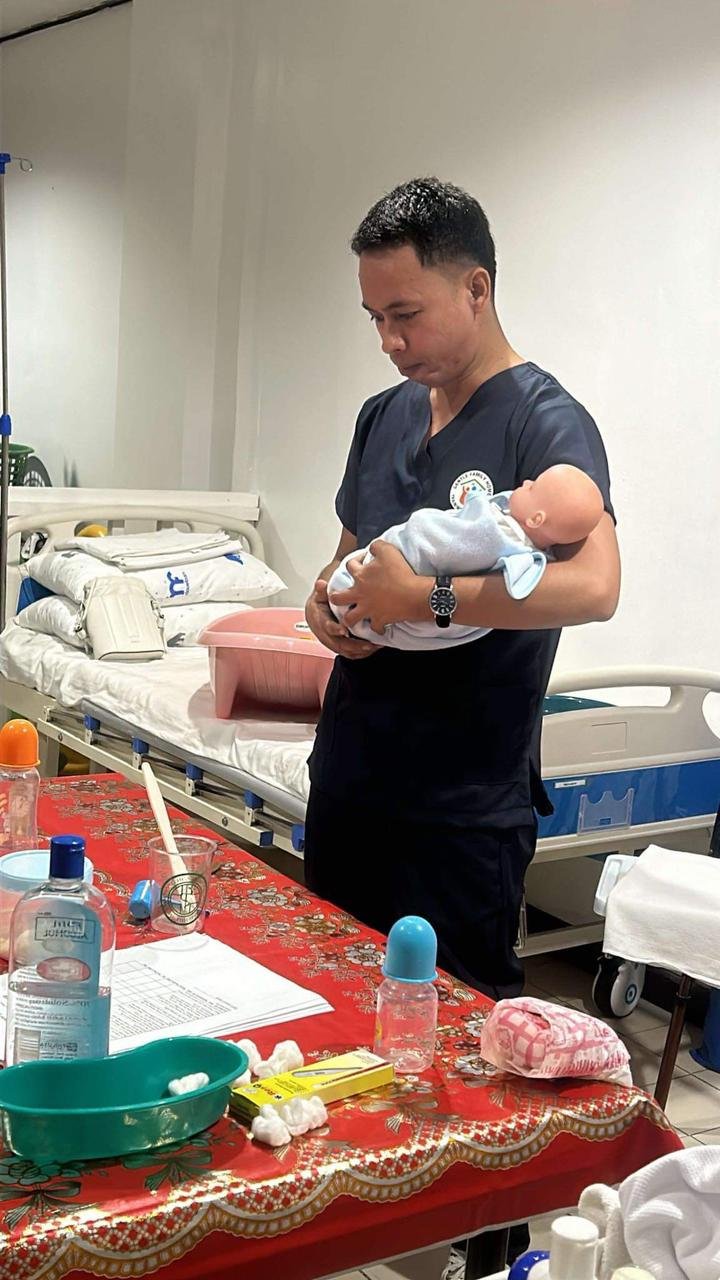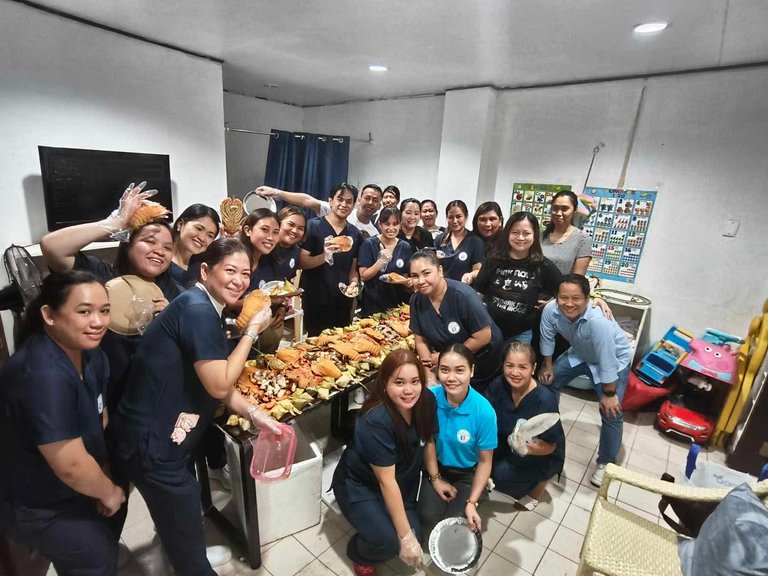Hello Dear Hivers,

As we progressed through the class and we are almost halfway to completing it. I became more interested and excited to apply what I have learned in class.

As a caregiver, you really need a great deal of patience, because you will deal with all kinds of behaviors. And of course, if the elderly they are very stubborn or headstrong, they will resist what we tell them. It is not easy to be a caregiver. But for my part, I really like it, because I’ll get to apply it soon with my own parents, especially since they are already senior citizens now.

Over time, as I embarked on this caregiver training, I discovered that being a caregiver is much more than just simple tasks of feeding and assisting. When I enrolled in the caregiver course, I assumed that it meant simply helping elderly individuals with day to day things: making sure they eat, perhaps helping them walk, maybe chatting with them so they don’t feel lonely. But as the training progressed, I came to recognize that a caregiver’s responsibilities are far more complex and demanding.
One of the first things I learned is that nutrition plays a very important role. It is not enough to just serve food; you must make sure that the food is appropriate for the elderly person’s health condition — how many calories, how much salt, sugar, or fat they should have, and whether there are any dietary restrictions due to medication or chronic conditions. In class we covered meal planning for seniors, how to prepare foods that are easy to chew or digest, how to ensure safe swallowing if an elderly person has difficulties, and how to keep them hydrated. I realized that this alone requires attention to detail and care.

Another major part is monitoring vital signs. I learned how to measure blood pressure properly, how to check blood sugar levels, how to observe any changes in the person’s condition, and how to report to a nurse or doctor when needed. These are skills that require both practical training and constant vigilance. You cannot simply do them once and forget; you must monitor regularly because seniors often have fluctuating health statuses. For example, if their blood pressure is too high or too low, it can lead to fainting, heart issues or stroke. Similarly, uncontrolled sugar levels can cause major problems. So I realized this job demands responsibility and awareness.

As the course progressed and we moved into halfway through the curriculum, my excitement grew. I was no longer just learning abstract theories or practicing in class—I began to imagine putting these skills into real life practice. I thought about how I could use what I’m learning to care for my own parents, who are already senior citizens. That prospect motivated me greatly. I found myself eagerly awaiting the part of the training that involves hands on practice, interacting with elderly individuals, applying what I have learned about meal planning, mobility support, safety, hygiene, and emotional support.


Working as a caregiver is not for the faint of heart. It takes tremendous patience. Seniors may have different behaviors, some of which can be challenging. They might be forgetful, resistant, stubborn, or upset because they are losing some independence, or because they are in pain or discomfort. In those moments, being calm, empathetic, respectful and patient is essential. If the elderly person insists on doing something by themselves and you advise them otherwise for safety, they might get upset or argue. Dealing with those situations requires skill, kindness and understanding—and that is what I am learning in the course.

Despite the challenges, I am drawn to caregiving because it touches my personal life at home. My parents are already senior citizens and they deserve care, comfort and dignity in their later years. The caregiver training gives me tools not only to assist them physically—helping them with bathing, walking, meals, medication reminders—but also to understand their emotional needs, listen patiently, respect their feelings, and support their independence as much as possible. I see this as more than a job—it is a way to give back to the people who cared for me.
In addition, the course has given me insight into the world of the elderly and childcare, what they feel, what they need, and how their daily life changes as they grow older. I now appreciate things like how important it is for them to maintain dignity, to feel useful, to have social interaction, to have meaningful conversations, and to preserve connection with their past and their identity. I’m learning to recognize when they’re feeling frustrated about physical limitations, when they’re worried about their health, when they’re lonely, or when they’re anxious. This understanding means I can provide not just practical care, but also emotional support, reassurance, and companionship.


As I look ahead to completing my training, I am both humbled and excited. I am humbled because I know that the responsibility, I will carry is significant: every decision, every action I take can impact another person’s well being. I am excited because I now feel prepared—at least more than when I began—to do this work with compassion, skill and respect. I am eager to step into this role, to help my parents, to help other seniors if the opportunity arises, and to make a difference in their lives.
I would like to extend my heartfelt thanks to my classmates and instructor.
To my classmates: thank you for walking this journey with me for your friendship, support, and collaboration in our caregiver training. Your presence has made the class not only bearable but truly memorable and meaningful.

To my instructor: Thank you for your patience, your guidance, your expertise, and for believing in our potential. You taught us more than skills, you taught us compassion, respect, and professionalism.

I appreciate every moment we shared, every lesson we learned together, and every challenge we overcame as a group.
Thank you Dear Hivers for taking the time to read. See you on my next blog. Keep safe always!
New journey, new career and good luck your future endeavors ☺️
Thank you!❤️❤️❤️
Your welcome 🥰
That's interesting. I do agree with more patience it takes courage to do such things.
I wish you a good luck on your journey.✨
Thank you!